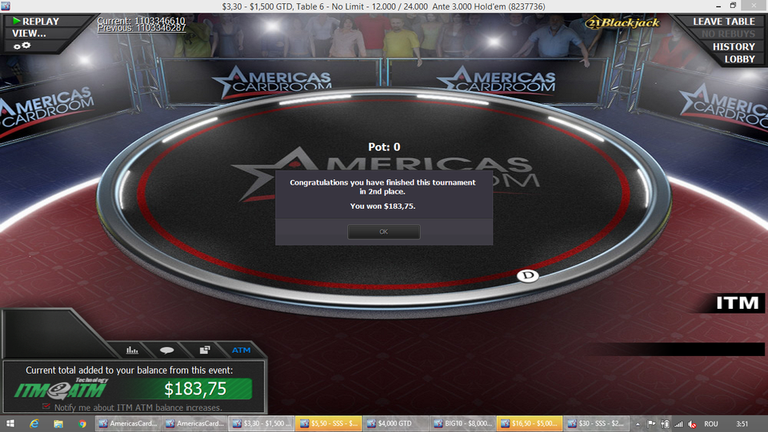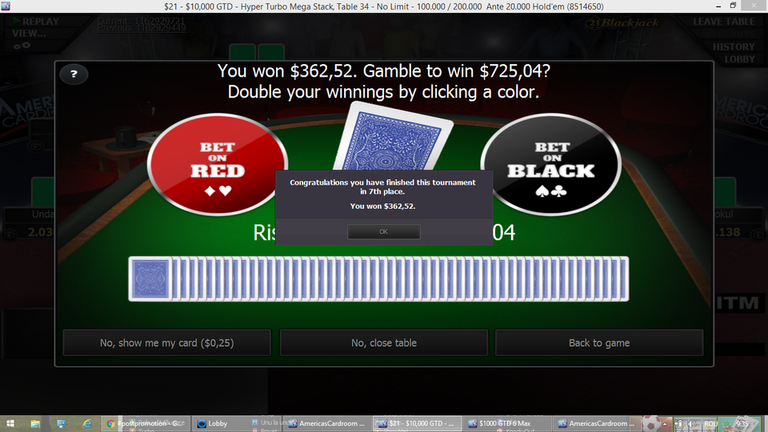Poker is not just a card game, it's a game of personalities, typologies, the books being the only tool show what style of play they have. As you gain experience in this discipline, you will notice how correct this observation is.
In this article, we will channel our energies to identify the types of poker players according to their tendencies, their psychological and emotional structure. Not only will you have the data to find out in which category you fit, but you will be able to better identify your opponents at the table and know what to expect from them.
"What types of poker players do you exist?"
Is one of the questions you will ask as soon as you step into the fascinating world of hold'em. That's because poker discipline is so complex that you will never find two players who are constantly evolving. Depending on context, stake or mood, even if two individuals resemble style, they will make different decisions. However, it is absolutely necessary to understand the trends and patterns of your opponent's game. Just knowing him will have the opportunity to make the right decisions in the long run.
Depending on the starting cards and style approached, each player belongs to a category.
These large branches can be divided as follows:
Tight aggressive, Tight passive, Loose aggressive, Loose passive.
Tight aggressive:
Such players venture only if they have a very good hand. They wait for an excellent starting hand, perhaps one of the best poker hands to get involved in the pot. As good hands come rather seldom, you will also see him at the table. It is therefore easy to recognize and he can spend hours without playing hands, waiting for the ideal cards. Once you have identified such a player it is not very hard to play against it. If you notice he's getting involved, be sure he has a good hand and is likely to win. The best idea is to quit if it him go aggressive. He'll bet you, and if you do not have anything in your hand, it is ok you fold.
It rarely happens him bluffing, but it can take advantage of the fear it usually inspires at the table to steal the blinds. This is the smallest problem you can have with him, so let him "live the moment."
Tight passive:
Such combatants are very predictable. Although they participate in few pots, they only grow post-flop stakes when they feel very strong. As such, they are easy to read, so experienced players will not go too often in the pots where this kind of combatants raises.
Instead, you can get a number of benefits from them, the passivity of the game in most cases encouraging them to fold when they feel assaulted. If the image also helps you, be extremely aggressive when you have such a player in front. You will get a lot of coins with a minimum effort without a showdown.
Loose passive:
"I paid to see the flop" is the motto of these opponents. Often they just call, not wanting to push too many chips, then go to the same scenario if they do not complete one of the first three cards. Also called "calling stations", they will still be tempted to pay further, hoping to win the winning hand. Even if they have little chance of winning.
They may become dangerous sometimes because of the hazard that governs the poker game at some point, but you can often overwhelm them. How? Calling on the bet for value, which they will pay frequently, happy. If the tight-passive combatants could have trouble bluffing, you do not have the same option here; Instead, you can capitalize on their endless calls by placing value bets. Even if they happen to get in, in the long run, you will get a lot of chips in front of these players.
Loose Aggressive:
Very hard to read, because it plays a very wide range of books, from any position. Then, post-flop, they behave as if they always have a strong hand. The fact that they are so little selective with the two original cards makes them extremely unpredictable, and the opponent can always expect these players to turn "nuts" or something very close. However, in the long run, you will more often hit some bluffs or semi-bluffs than with unbeatable hands.
"Why aggressiveness in poker is so important," is a good question for someone with little experience. It allows you to control the table and make the most of a good hand. And this without allowing the opponents to fill their hands. Many will fold at the aggressive player's raise, then find that their hand would have improved significantly. But more importantly than to say that a style is the best, it is to identify what typology the opponents have. Put them in some poker game types and you'll know what to expect from them. Consequently, you will be able to maximize their defects.
What is the best game style?
There are some experienced players who have been very successful in adopting a loose-aggressive poker style.
It is the case of Tom Dwan, Gus Hansen, Pius Heinz and, most recently, Qui Nguyen (photo above), winner of the Main Event at the WSOP 2016. However, as a percentage, this style works better at cash tables, generally, in tournaments, players with a tight-aggressive approach are more often rewarded.
The tight-aggressive gameplay is also undoubtedly the best way for beginners to learn to play poker. Thus they acquire essential qualities at the game table, such as patience and discipline. However, a secret recipe for success does not exist, so ultimately you should choose a style of play that is most profitable to you and which suits your personality. In fact, the style of playing at the poker table is often modeled by the personality and mental structure of each.
It is also important to mention that the best poker players adapt their style according to the table players and the playing conditions. It is often said that if you play with a lot of tight opponents, then you should approach a loose style; in the mirror, to the extent that aggressive opponents are at your table, your style must become tight. You always have to be careful about the opponents and the existing climate, in order to know what strategy to take. Very good players have the ability to quickly understand all the coordinates of the game and make the right decisions according to these variables.
This is where this article ends with the types of players and how to play against them.
With love Ionut Ciobanu.
https://steemit.com/busy/@ionutciobanu/first-lesson-about-poker








DISCLAIMER: dropahead Curation Team does not necessarily share opinions expressed in this article, but find author's effort and/or contribution deserves better reward and visibility.
to maximize your curation rewards!
with SteemConnect
12.5SP, 25SP, 50SP, 100SP, 250SP, 500SP, 1000SP
Do the above and we'll have more STEEM POWER to give YOU bigger rewards next time!
News from dropahead: How to give back to the dropahead Project in 15 seconds or less
This post has received a 0.39 % upvote from @drotto thanks to: @banjo.
See you at the tables! Screen name: -Jared-
you play IN ACR?
Thank you very much